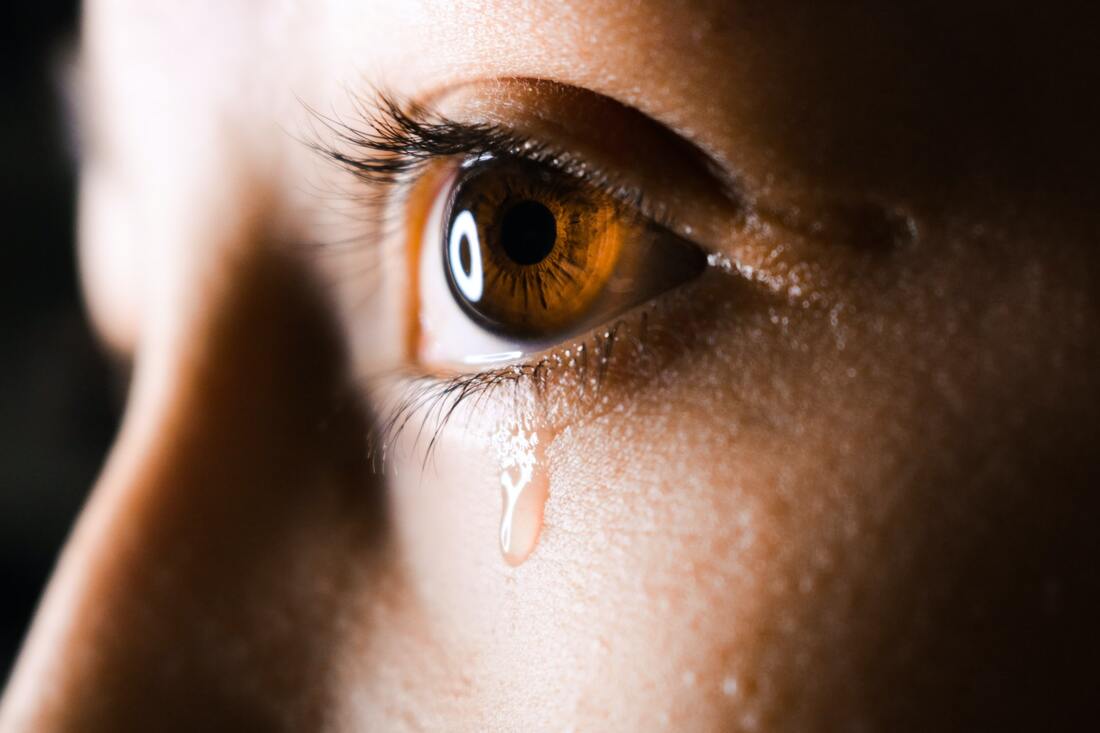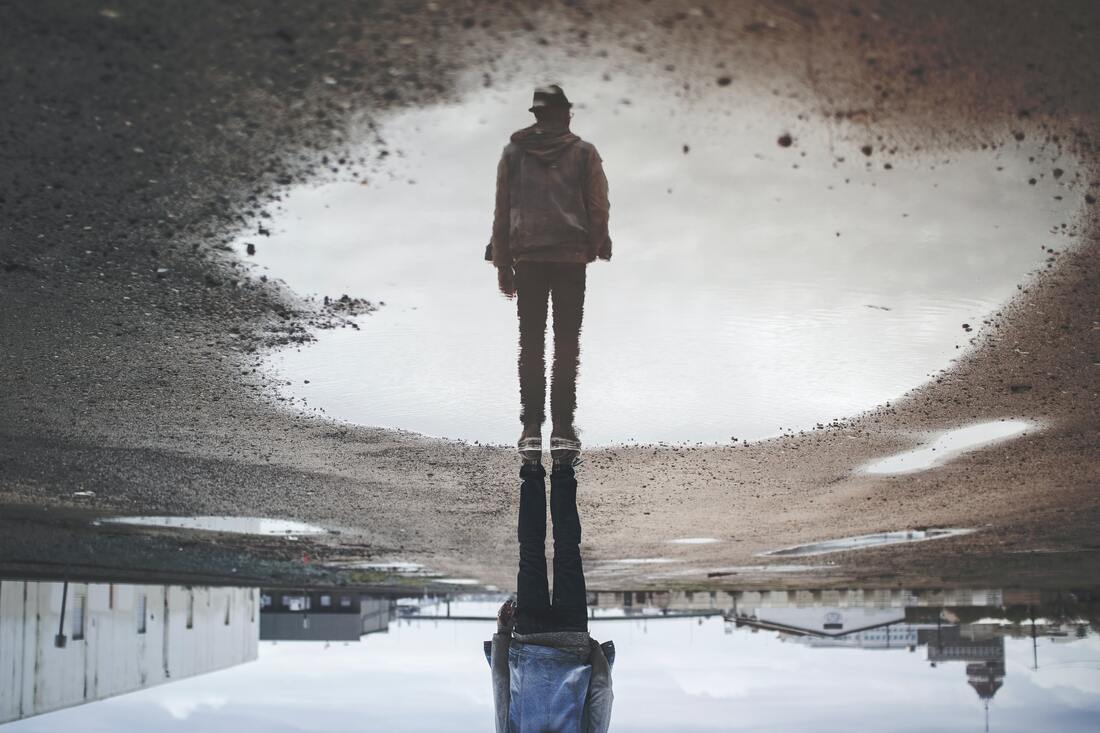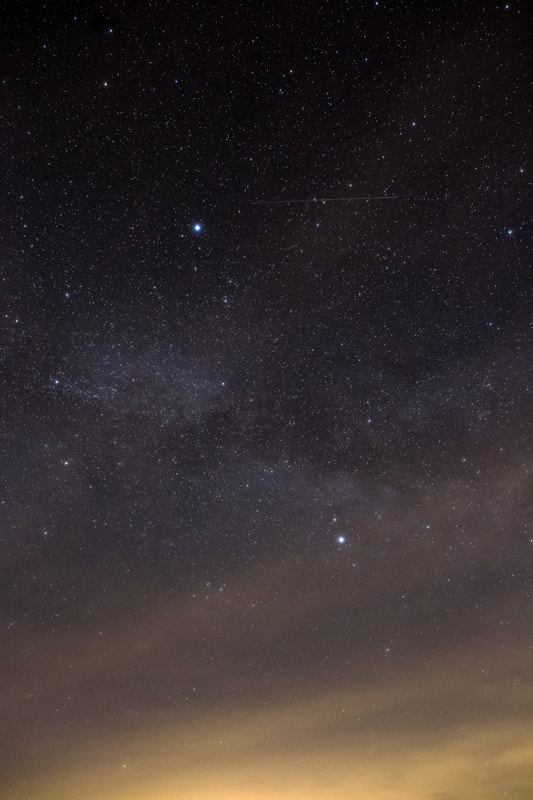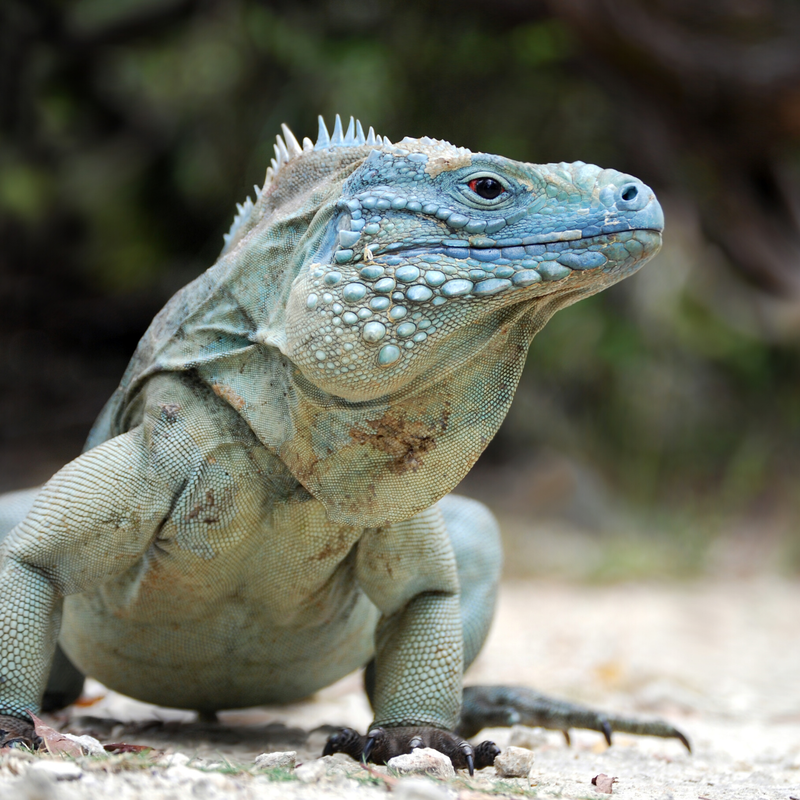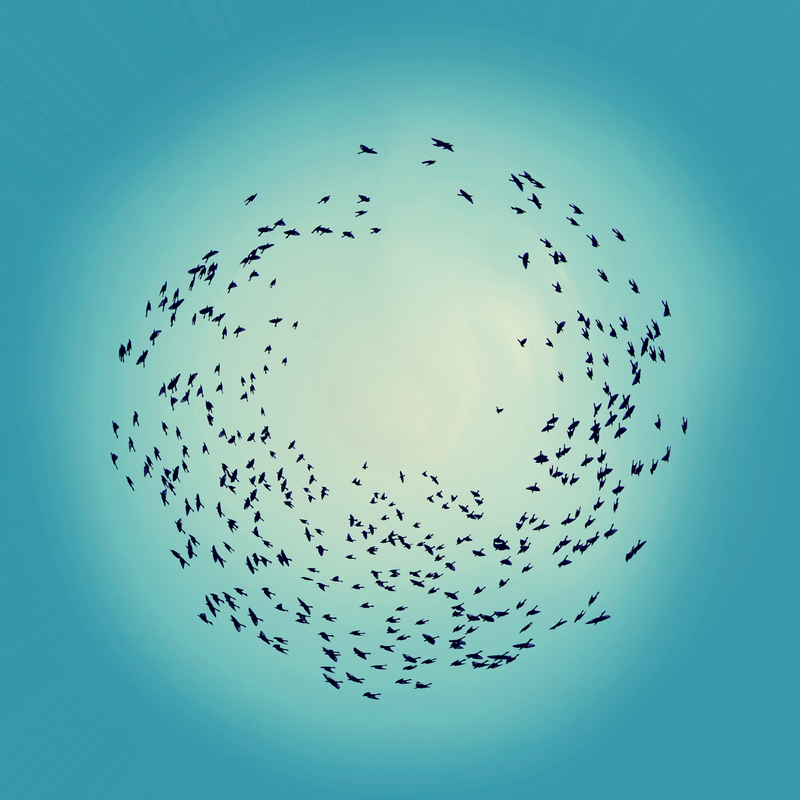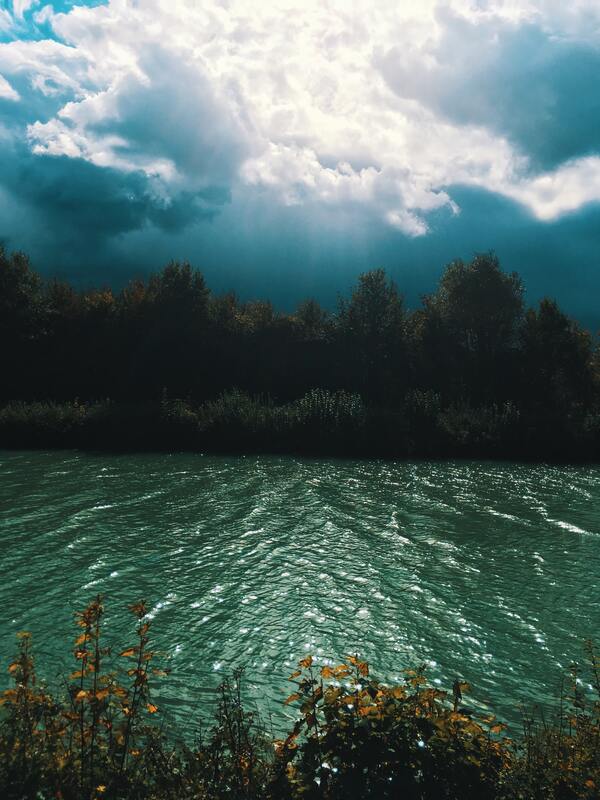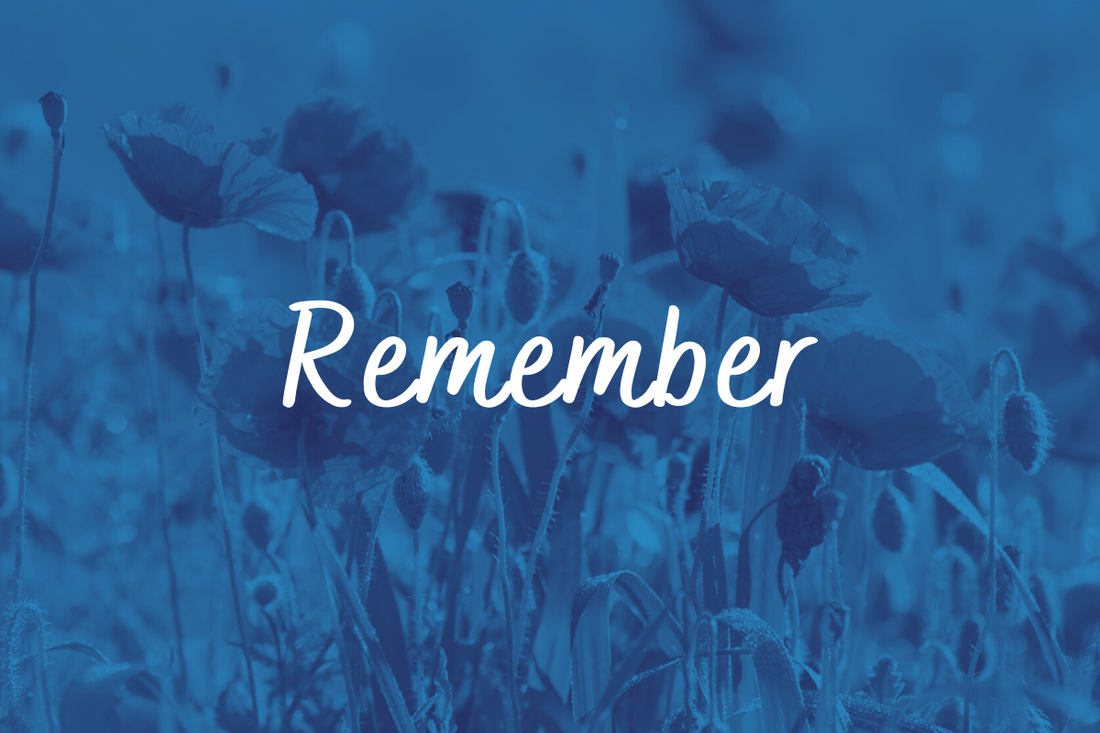AuthorRéné Pallace Archives
July 2022
Categories |
Back to Blog
What do you do with a chance?12/9/2020 When something extraordinary shows up in your life, Chances. Opportunities. The stuff of life. Chances are where the road diverges in the wood or along the trail. How we cope with chances is existentially Being and Doing. “When soldiers go to war, they don’t fight because they hate what is in front of them, they fight because they love what is behind them. When they return, the defenses they created to protect their loved ones are the same defenses they must lower to return to them.” G.K. Chesterton. It is through agency and creating our way through that we get what we want. Glennon Doyle says “The braver we are, the luckier we get.” Still, chances represent change. Change can be scary. Loss is woven through each and every life. Some losses, like baby teeth, make way. Other losses, like losing a limb, persist as phantoms. Loss of a loved one is part of our loving life. Being human happens within suffering. When we do not hide from our sadness, our disappointments, our lives don’t diminish they expand. Living fully means means more than just staying alive. “When we come to accept that life is just one damn thing after another and determine to be happy in between, that is when we have grown up.” Katherine Hepburn. We cry tears to process loss and reduce our emotional stress. We cry tears as we connect deeply with one another. We cry tears to dilute our frustration, rage, and disappointment. American Psychological Association researcher Bylsma explains that “one theory of crying is that it helps the body to return to a state of homeostasis after being overly aroused—whether positively or negatively. Right after that peak in arousal, whether it’s immediately after winning an Olympic gold medal or walking down the aisle at a wedding, tears might help bring a person back to a baseline level of functioning.” Tears are one of our most important body functions because through tears we involuntarily express the gamut of our true emotions. Tears are where our mental and physical health come together and we experience joy and sadness as equally important. Tears are also healthy and nutritious comprised of proteins and antibodies and can have antibacterial and antiviral properties. Tears help us sleep better, strengthen our immune systems, and lower blood pressure and stress levels. Tears are also treatable symptoms of distress and depression. The sage Ida agrees “Feel your feelings when you feel them.” Adults make between 15-30 gallons of tears per year. There are three types of tears which are all chemically distinct. The tears that protect our eyes are called basal tears. Reflex tears protect our eyes from external irritants. And then we have emotional tears which women shed at a rate approximately 5 times more than men and apparently the Australians cry most. People under stress as or who are lying blink more making more tears. "We conclude that there is a chemosignal in human tears, and at least one of the things the chemosignal does is reduce sexual arousal," study author Noam Sobel, a neuroscientist at the Weizmann Institute of Science in Israel, told LiveScience after the research was published in the journal Science. Most of us cry between the hours of 6pm and midnight. Also, it is a physiological fact that the first tear to fall from the right eye is for happiness while the first tear to fall from the left eye is for pain! Tears are our water. Water holds memory. We are 70%+ water. The same water here on our planet is the same water that ever was...it just circulates. Dobedobedo! The most beautiful people we have known are those who have known defeat,
0 Comments
Read More
Back to Blog
How are you Really?10/23/2020 How are you? I really want to know. It’s important. Really. More important than ever. How you are has everything to do with who you are becoming and where we go from here. Sam Sifton who writes New York Times Cooking cares as well. “Good morning. You doing all right? Mondays land heavily sometimes, especially seven months into this pandemic that stalks the world. It’s been exhausting. We’re working more, or not working enough or not at all. We’re staying safe while others aren’t. We’re worrying, staring, thinking, overthinking. We are on, all the time. The weekend comes and maybe we get outside and into the world and maybe that’s a relief, but then its over and the circus music blares once more. So I hope you’re all right. I hope you’ll take the time to be all right. That’s work too, sometimes.” So how do you ‘take the time to be all right’? “Most of us believe we have a fairly firm grip on reality. But, behind the outer world we perceive exists the causal world of energy. It is from this plane that we draw into our life whatever we resonate with. We can modulate our energy by changing what we think about and how we think about it. Focusing on all that’s going well helps us counterbalance the daily tidal wave of negative information. Acknowledging what is negative helps us remember that there is always a battle between opposing forces, forever moving out of and back into...Balance.” Gratitude Twenty Four Seven. As a professional listener, I am all right but I am worried. These days and times are a lot to wrap one’s head around. And under quarantine and into our new WFH experience, few of us have any experiences to reference...and I know the following idea is inspiring. “Many people live in fear of some terrible event changing their lives, the death of a loved one or a serious illness. For the chronically ill, this terrible event has already happened, and we have been let in on an amazing secret: You survive. You adapt, and your life changes, but in the end you go on, with whatever compromises you have been forced to make, whatever losses you have been forced to endure. You learn to balance your fears with the simple truth that you must go on living.” Jamie Weisman, as I Live and Breathe. Blessed are those who suffer “I’m fine.” Or “Fine” is the proper response to “How are you?” Quora “If you say that you are fine, you mean that you are in good health or reasonably happy.” www.collinsdictionary.com. Not feeling fine, actually being overwhelmed, anxious, and stuck is a new normal for most of us. Still, the mind is an incredible thing especially if nobody gets to be wrong. “The great paradox of the brain is that everything you know about the world is provided to you by an organ that has itself never seen the world.” Bill Bryson, The Body. Front line caregivers are describing working in this pandemic like flying a plane while you are building the plane. We are in chaos. We are all vulnerable. And the chant I hear most among my peers is It’s Okay Not To Be Okay. The dis-ease of COVID is giving rise to many paradigm shifts. What if in these times those of us who are “not all right” are the ones who are right in “not having a normal mental state or condition”. As uncomfortable as we may be, our dis-ease is a healthy reaction to an unhealthy situation. Ideally, a human life should be a constant pilgrimage This crisis is one of collective grief. Our assumptive world has been shattered. The general mind loop one may experience is thinking that the world is no longer benevolent, the world seems meaningless, and my place in the world seems insignificant. These days this is all true/Or is it? We are afraid of suffering. We are suffering. We are afraid of dying. We are dying. “We know that the unprecedented challenges from the pandemic, the economic fallout it has brought on and the racial unrest in the country are having an effect on Americans’ mental health. The prevalence of symptoms of an anxiety disorder was three times as high and symptoms of depression were four times as high in June 2020 than in the second quarter of 2019, according to the Centers for Disease Control and Prevention. The pandemic’s psychological ripple effects are different from, say, those of natural disasters, which last merely hours or days. The pandemic is like the never-ending story.” Stacey Colino, The Washington Post, The Pandemic Proves We All Should Know Psychological First Aid. Still, there are opportunities given to each of us every day to order our dis-ease. The sun rises. The sun sets. So too we can create more ease for taking good gentle care of ourselves, making our beds, finding new ways of doing things, giving ourselves permission to feel, taking deep breaths, accepting change, counting our blessings, making rituals honoring our lives and loves, visualizing our peace, and slowing down. Facing these new days takes courage and reframing may help. Perhaps consider that behind our masks, we have “breath or cooked air...there is a furnace in our cells and when we breathe we pass the world through our bodies, brew it lightly, and turn it loose again, gently altered for having known us.” Diane Ackerman, A Natural History of the Senses. “Cogito, ergo sum...Je pense, donc je suis...I think, therefore I am.” Rene Descartes. You think too and I am curious about your experience with these new and different times. This living is our human experience. We are dying a little every day and that is our human experience, too. “When we are struggling we don’t need a book in our hands. We need the right words in our minds. When things are tough, a mantra does more than a manifesto. Eric Greitens, Resistance. This challenging time has given rise to some brave new leaders. Glennon Doyle disarms her demons by reframing them as guides. “They’re just guides to tell me what is the next right thing for me to do. Loneliness- it leads us to connection with other people. And jealousy- it guides us to what we’re supposed to do next. And pain guides us to help other people. And being overwhelmed- it helps us- it guides us to ask for help...I’ve learned that if I honor my feelings as my own personal prophets and instead of running I just be still...there are prizes to be won and those prizes are peace and dignity and friendship...Maybe, it’s okay, to say actually today I am not fine. Maybe it’s okay to remember that we’re human beings and to stop doing long enough to think and to love and to share and to listen.” TED Talk Namaste
Back to Blog
WHATWHYHOW10/10/2020 You don’t know why it’s such a far cry This has been and continues to be one hell of a year. "The times are urgent. Let us slow down." Bato Akomalafe, PhD Grieving is a form of activism. What is it to slow down? Emotions need motion. Seek balance. What if this is all a dream? Thoughts create the way we feel. Listen. Process. Is death an experience like any other? Knowing is an act of faith. Be curious. How do we engage with that which we cannot see or really know? It’s coming time that we need to learn to live in our new world. And though the earth may tremble and the oceans pitch and rise
Back to Blog
Put down the weight of your aloneness and ease into the / What if everyone is more afraid than you? Still you survived the night again and got up from your bed this morning. And so did I. Even if you did wake and start to shake and coach yourself to take ten deep breaths. We are together and closer in our world than ever before and still many of us feel terribly lonely behind our masks. Mercy was easier to cultivate in safer times when it seemed we had boundaries. The contagion we are experiencing has opened that curtain to show how collectively vulnerable we are (and always have been). We are truly global now and actually more connected than ever- both a blessing and a bane. “The silver lining of our collective disappointment, confusion, grief, illness and loss is that the people and places that mean the most to us have become crystal clear in a 20/20 kind of way.” ~ Camp Merrie-Woode These days of late summer and early fall are here and are known as the season Worry in Traditional Chinese Medicine. Emotions from this perspective manifest in our digestive systems. Fortunately, September looms and it is a natural time to reboot: our days are shortening, and the sun is lower in the sky every day, casting more shadows so we see more dimension and less reflection. “Don’t kill the butterflies in your stomach. Instead, ask: ‘how can I find a way to ride them?" ~Jonathan Fields The only way out is through this these days. Breathing. Thinking. Struggling. Persevering. And taking good gentle care of ourselves. “To keep a lamp burning, we have to keep putting oil in it.” ~Mother Theresa We run on oxygen so learn to breathe. Take 3 deep breaths before challenges. Breathe yourself to sleep. Breathe in for a count of seven and breathe out for a count of four, ten times. “Breathing brings you home. Body and mind twine together in the breath. As soon as you become aware of breathing, you're in your body. Speed up the breath and there's new energy. Slow it down and you calm. Inhale and oxygen surges into your brain while the arousing sympathetic nervous system activates and accelerates the heartbeat. Exhale and activate the soothing peaceful parasympathetic nervous system, so the heart beats more slowly. In the breath you are home in this moment, this Now.” ~Rick Hanson, Just One Thing What does this have to do with who you are becoming? Thinking is meditating. Thinking is focusing. Thinking is staying still. Thinking is a way of being present. Think positive. Pray. Visualize yourself up and above yourself and explore your meta view. Visualize yourself in a sacred safe space. Notice what calms you. Notice what feeds you. Notice what inspires you. What do you really want? Struggling is working. Struggling is self-management. Life is a struggle. Witness yourself. Stand in front of a mirror and really look at yourself and acknowledge what you see. What about this is important to you? Persevering is hope and faith and gritty nails and courage. Perseverance is a mantra. Perseverance is a battle cry. We persevere because we care. Because we want to be here and in the game. Press your hands together hard in front of you harder and harder until your anxiety abates. Or consider your hands and fingers. What or who are you pointing at? What will you do and when will you do it? I do not believe this strange time is meant to kill us. Yet we and everything dies a little every day. What if death is like the sun? Our world orbits the sun but staring at it is dangerous and painful. Yesterday a busy bee crossed my path. She was a cicada killer bee in flight transporting a cicada to the ground where she landed and straddled her prey walking to her burrow home. The operation was like a stratolaunch. The bee was made for the cicada and the cicada for many bees. We are born into this world, we give birth, and we die just like every living thing. We are all part of everything, and we heal in community. Brené Brown coaches “we’re moving through a lot of tough “todays” as we try to build a world that brings better “tomorrows.” We have a common enemy and as long as we’re part of a story, we’re not alone. In fact we are one as never before. We are all residents of earth and united in virtual rooms. Still, “Nothing is ours, except time." ~Seneca Could it be that we really have nothing to fear but fear itself? My fear weighs on me like a depression more often than not these days by any clinical definition. But what if my depression is a healthy response to an unhealthy situation? “If you take responsibility for anything in your life know that you’ll feel fear...Every worthy challenge will inspire some fear.” ~Resilience, Eric Greitens BE NOT AFRAID is the recurring theme through The Bible. If you are afraid, you will fail for sure. The other recurring theme is LOVE. Be the love. Love one another. Remember the Bible ends in Revelations, not conclusions, and graduations are commencements not terminations.” Be well. Be the Love. Take good gentle care of yourself.
Back to Blog
Gone from my sight, that is all.7/28/2020 If there is a single definition of healing Today is my fairy god-mother’s birthday. She is who I thank most for who I am becoming. Tiana, as she liked to be called, was a force and she knew it. She was devoted to that which she liked and emphatic about those things she did not like- to include square plates and football. When Tiana was diagnosed with ovarian cancer she wasn’t surprised nor particularly upset. She wanted to be full and fierce or nothing. Her diagnosis returned her the control she had lost over her life as her children had grown, left home, and she and her husband divorced. She engaged the best doctors, care providers, and advisors, and when it became apparent that hers was not a fight to be won, she pressed me into service for what I now practice as a Death Doula. We sorted her affairs, her home, and her many possessions. We reviewed her life, reflected on her ‘who’, her values, and her legacy. She knew what she wanted her people to remember about her and she knew how she wanted to live on in their lives. She wrote letters, made phone calls, and distributed inheritances with her warm hand. She made meaning of her life and enriched the lives of those she loved. She gave me a gold bangle that, when I snapped it on my wrist, locked. It’s been there almost 8 years. She was pleased then and I believe she keeps it there still. She determined every aspect of her passing away and created an action timeline for her demise. She survived her chaos because she accepted it, made her self strong, her space safe, and so lived until she died. She returned her star dust to the universe in September 2012. She stood in the storm
Back to Blog
Something Else7/19/2020 I clipped “Something Else” by Rick Moranis from the New York Times on Sunday, May 16, 2010 and taped it to my office wall. I am as amused by the capital letter force of author Rick Moranis’ voice today as I was then. As whopping as 2020 has been to date, I remember when 2010 opened with big and scary times: the earthquake that destroyed Haiti; BP’s Deepwater Horizon oil rig explosion that was the most devastating environmental disaster in history; Apple debuted the iPad and Google introduced the driverless car; Iceland’s Eyjafjallajökull volcano erupted and grounded air travel; Greece’s economy tanked and masses rioted protesting austerity sanctions and bailout; Tea Party politics raged; and Dawn Brancheau was killed at Sea World. The recent radical shifts in our world call on the brave to keep “a selective memory for remembering the good things, a logical prudence to avoid doing anything to ruin the present, and defiant optimism for facing the future.”~Isabel Allende, The Sum of Our Days. ~Rick Moranis
Back to Blog
Iguana7/9/2020 “Once I shot an Iguana. Everything that lives dies Dying is the hardest thing we do Everything that breathes eats Dying is the hardest thing we do Everything that teaches grows Dying is the hardest thing we do Everything that loves spreads Dying is the hardest thing we do Everything that wakes sleeps Dying is the hardest thing we do Everything that endures forgives Dying is the hardest thing we do. And when we die, the hardest thing our people do is not fear. And when we die, the hardest thing our people do is to grieve. And when we die, the hardest thing our people do is to live. Grief is an act of humanity. Shine on. Wish you were here-
Back to Blog
Pips7/4/2020 Then all the beasts that walk on the ground This curious tale of a creature who “went out one day when the grass was green and the sky was grey” was known not by beast nor bird nor fish nor insect and became celebrated by all when none could name him. Accepting him ‘in gratitude, with trust and allowing’ (Karen Newell, Sacred Acoustics) acknowledges that which is in one is in us all. This is a time of transformational predicaments. We are in a collective experience that is intimately isolating. This time is only personal if we think it’s not in us. This time is only relational if we think it’s not in us. This time is only spiritual when we know it’s in us. Ernest Hemingway prophetically wrote “we are all broken...that’s how the light gets in.” (A Farewell to Arms). An apocalypse is not a reckoning nor is it the end of the world. Literally, an apocalypse reveals: uncovering or unveiling the truth that was there all along but that we did not see before. I still see and will never forget September, 11, 2001. Our life and my liberties were threatened then and are now again and our well being is in jeopardy. I remember heroes - too many to count - rising to the occasion for the simple call to action “Let’s Roll!”. So much of this life will always be beyond our understanding - “as obscure as the landscapes of someone else’s dreams” ~Karen Thompson Walker, The Dreamers. When I coach that the only way out of a predicament is through, we work toward transformation by learning, acknowledging, practicing and praying that ‘happiness is a choice...self esteem is a skill.’ I think it is wickedly hard not to take this time personally: to give without remembering and to receive without forgetting. So I mean to “fill the unforgiving minute with 60 seconds worth of distance run.” ~Rudyard Kipling, If. I will start by counting my blessings and naming them. Naming might begin first thing...yesterday was, today is here and tomorrow will come. Naming is my way to witness as Amor Towles explained: “so that she can be addressed. So that she can be invited to tea; called to from across the room; discussed in conversation when she is absent; and included in your prayer.” (A Gentleman in Moscow). We can and must transform our predicaments and so evolve to be ever more different and ever more the same and start to connect there. At the end of life all that ever really matters is this: Wishing glory to our United States on this Independence Day and peace to all souls.
Back to Blog
Praying on Re-Entry6/12/2020 If we were not so single minded Keeping Quiet |
 RSS Feed
RSS Feed
